Equipment
Callaway Big Bertha OS Irons and Hybrids
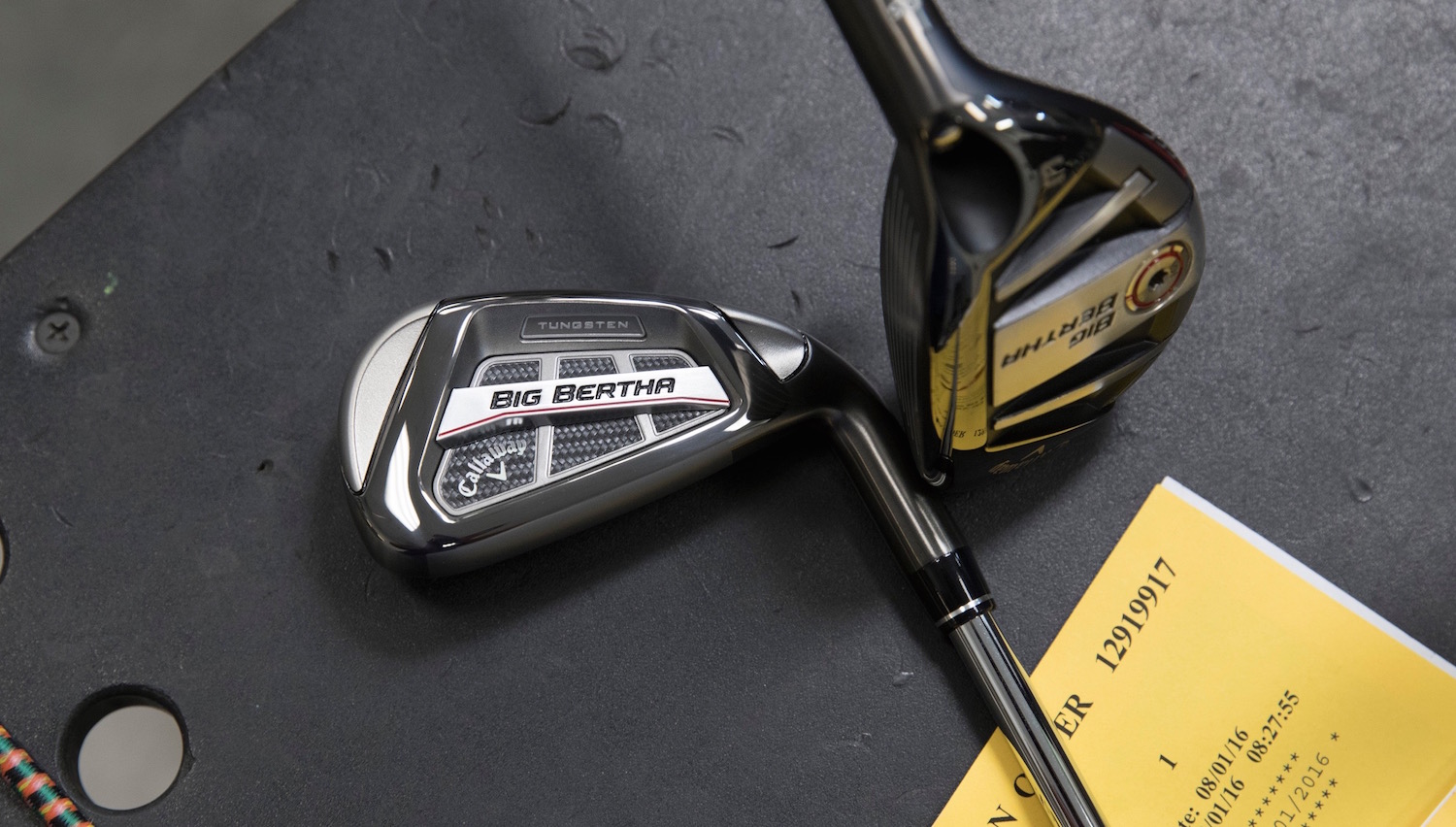
Spend enough time around golf courses and driving ranges and you’ll realize there are a few different types of golfers playing the game — everyone from the guy hitting 300-yard buttery draws to the newbie or recreational golfer who just wants to get the dang ball airborne.
Callaway’s new Big Bertha OS irons and hybrids are for the latter. Let’s take a look at the new technologies in these super-game improvement clubs, and how they can help golfers enjoy the game more.
Release: Big Bertha OS irons and hybrids will be in stores Sept. 30. They’re available for pre-order Sept. 9.
Big Bertha OS Irons
Take the back badging off of the Big Bertha irons and the structure looks a bit like Bane’s mask from the Batman movie The Dark Knight Rises. Behind the face sits vertical bars, which Callaway calls an Exo-Cage. It’s made of steel to support the face of the iron at impact.
“It’s the most complex iron that we might have ever made,” said Alan Hocknell, Callaway’s Senior Vice President of R&D.
The cage design, while having a positive effect on both lateral and vertical forgiveness, is inherently a higher-CG design than what’s ideal for an iron, especially a game-improvement iron that has the goal of higher launch.
As such, Callaway added tungsten — a total of about 100 grams throughout the set — in order to keep the weight as low as possible possible in the club head, while retaining the forgiveness benefits from the Exo-Cage.
The two-piece irons also have Callaway’s next-generation Face Cup, which is thicker in the center of the face and thinner near the perimeter for higher ball speeds on off-center hits to help bad shots fly more like good shots.
Also available for slower-swing-speed players is a set that is designed with higher-than-standard lofts and lighter club weights. The difference between the irons is denoted by a different color scheme.
The Big Bertha OS irons (4-SW) sell for $1,099.99 with steel shafts (True Temper Speed Step 80) and $1,299.99 with graphite shafts (UST Recoil ES 460).
Big Bertha OS Hybrids
Also designed for a super high launch and big forgiveness are the Big Bertha OS hybrids, which are the largest hybrids in Callaway’s arsenal, according to Hocknell. In their design weight is placed extremely low and rearward, as the hybrids use mass properties to manipulate CG back.
Due to their larger head sizes, the hybrids have larger faces than any other hybrid in the Callaway stable. There’s also an adjustable hosel for those players who want to fine tune their trajectory. While the club heads and faces are large, Callaway designed the soles with relief to limit turf interaction. That means all the benefits of a large club head, without the drag from a sole that’s too big.
As with the Big Bertha OS irons, the hybrid are also available in a lighter-weight option, which will appeal to golfers with slower club head speeds. They sell for $249.99 each, and come stock with True Temper’s Speed Step 80 (steel) and UST’s Recoil ES 460 (graphite) shafts.
See what GolfWRX Members are saying about the clubs in our forum.
- LIKE107
- LEGIT12
- WOW10
- LOL3
- IDHT2
- FLOP7
- OB8
- SHANK59
Whats in the Bag
Scottie Scheffler’s winning WITB: 2024 Masters
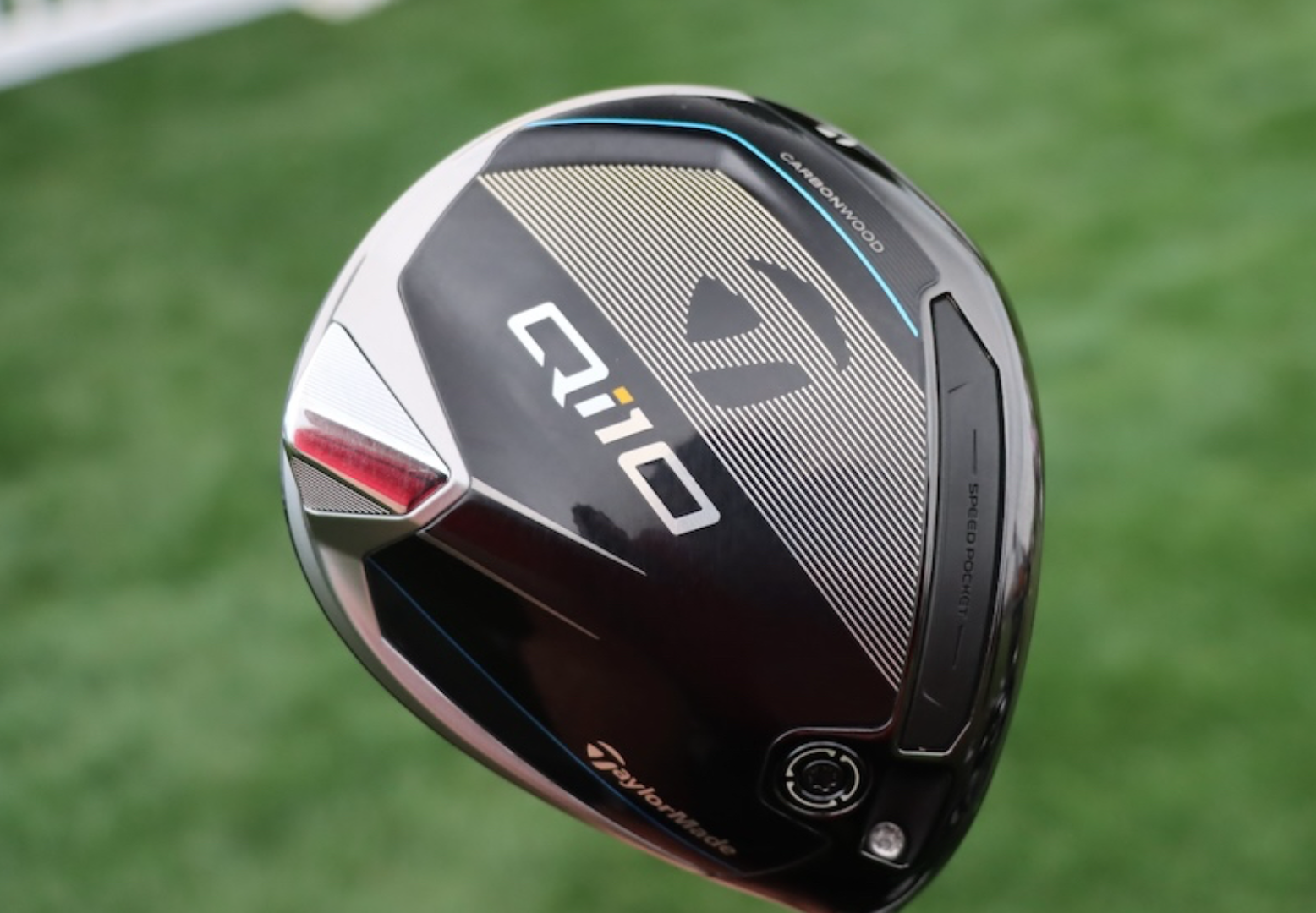
Driver: TaylorMade Qi10 (8 degrees @8.25) Buy here.
Shaft: Fujikura Ventus Black 7 X (45 inches)
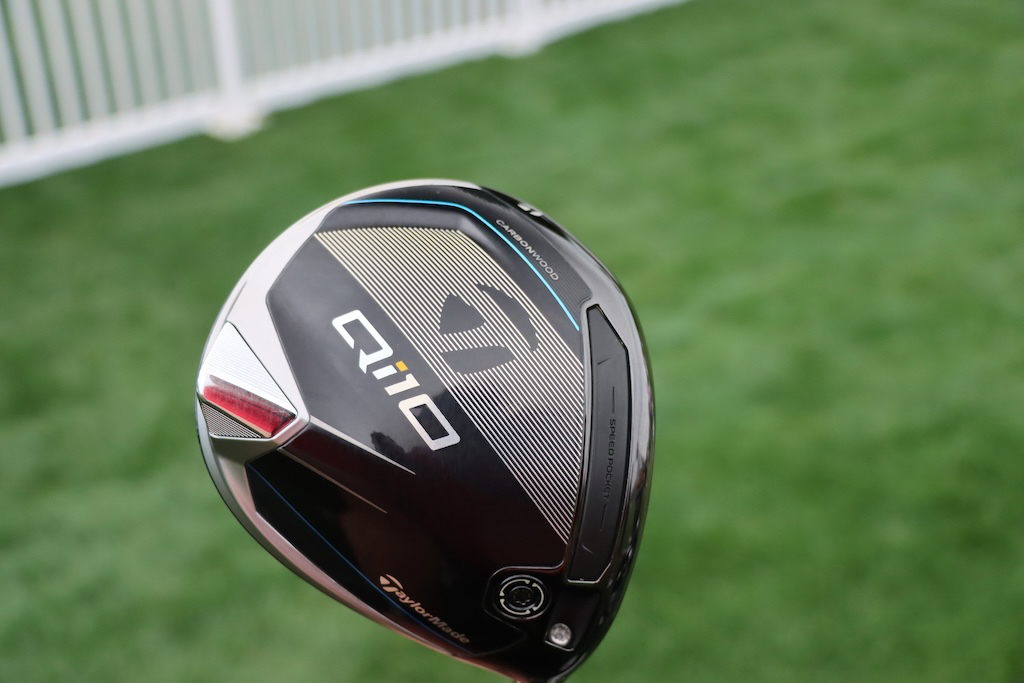
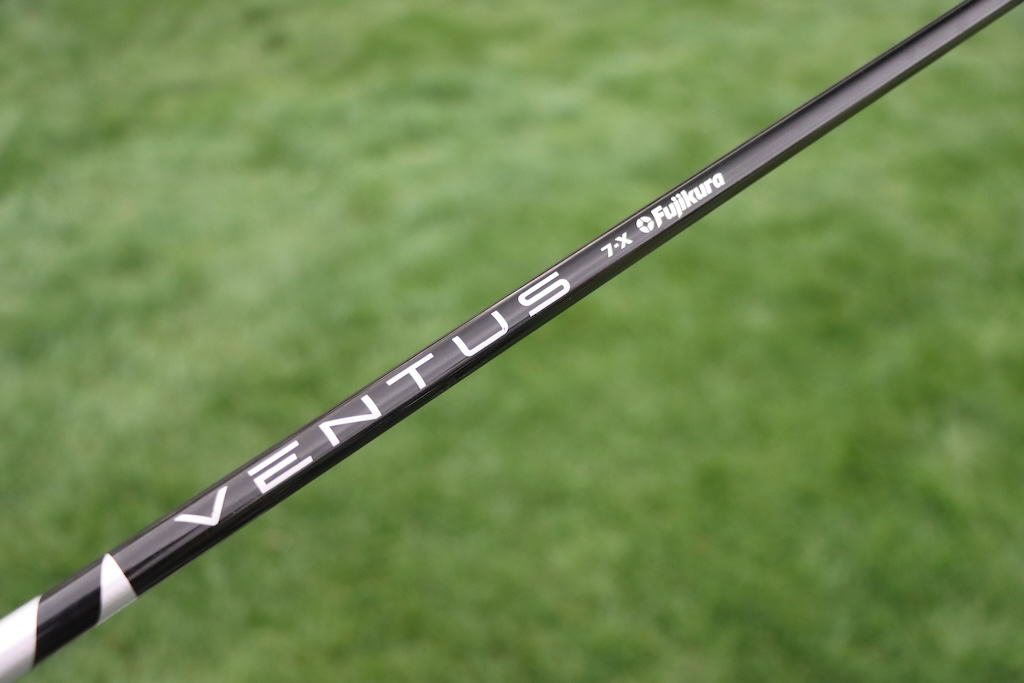
3-wood: TaylorMade Qi10 (15 degrees) Buy here.
Shaft: Fujikura Ventus Black 8 X
Irons: Srixon ZU85 (3, 4) Buy here, TaylorMade P7TW (5-PW) Buy here.
Shafts: Nippon N.S. Pro Modus 3 Hybrid Prototype 10 X (3), True Temper Dynamic Gold Tour Issue X100
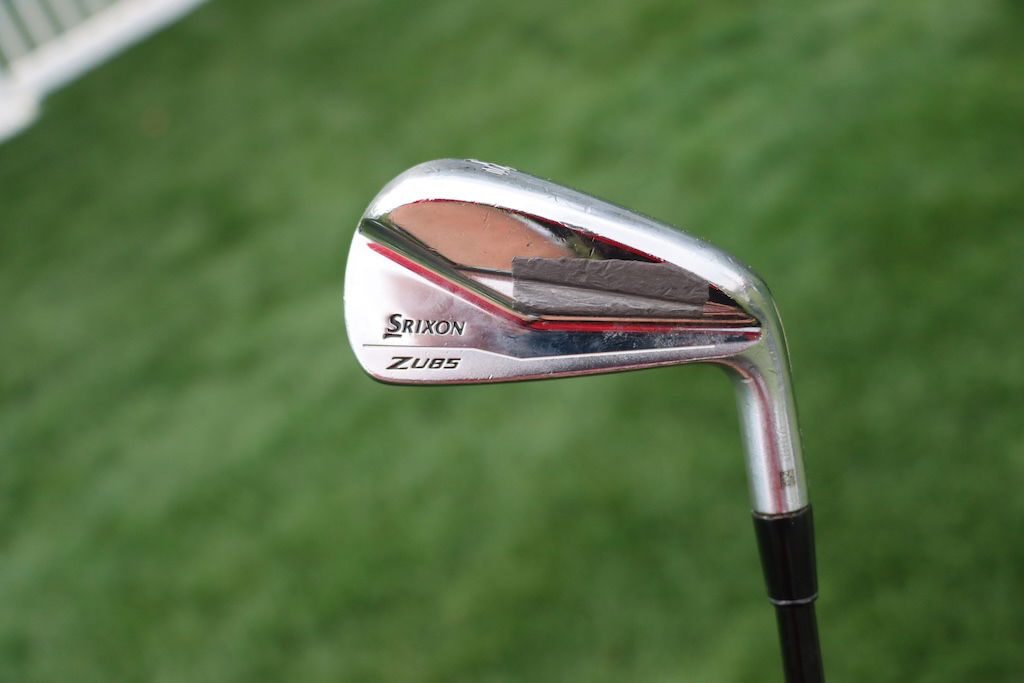
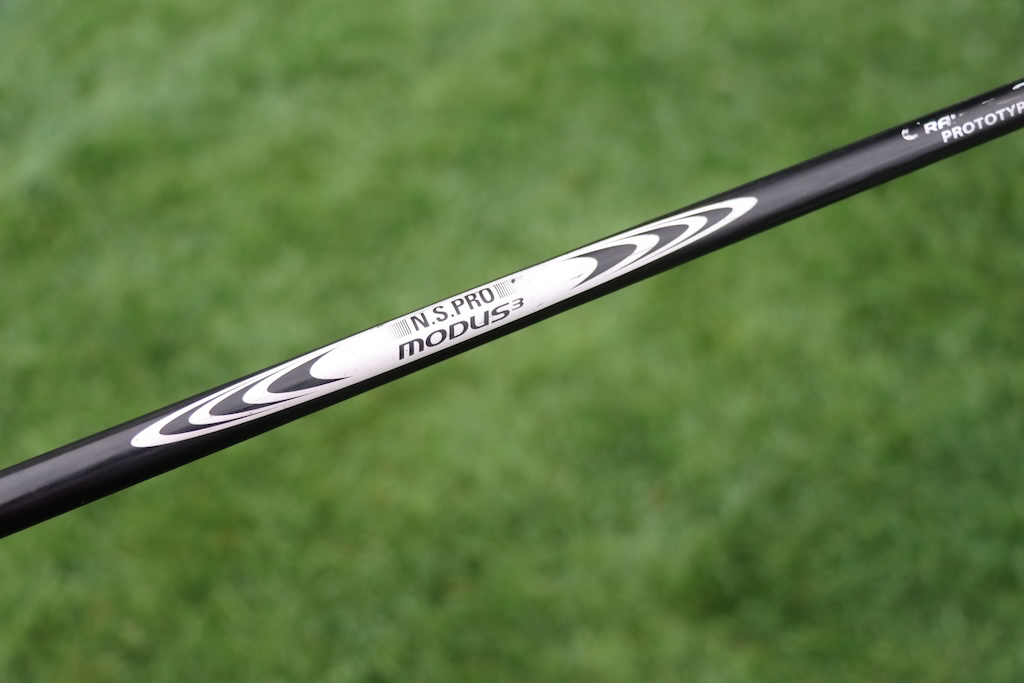
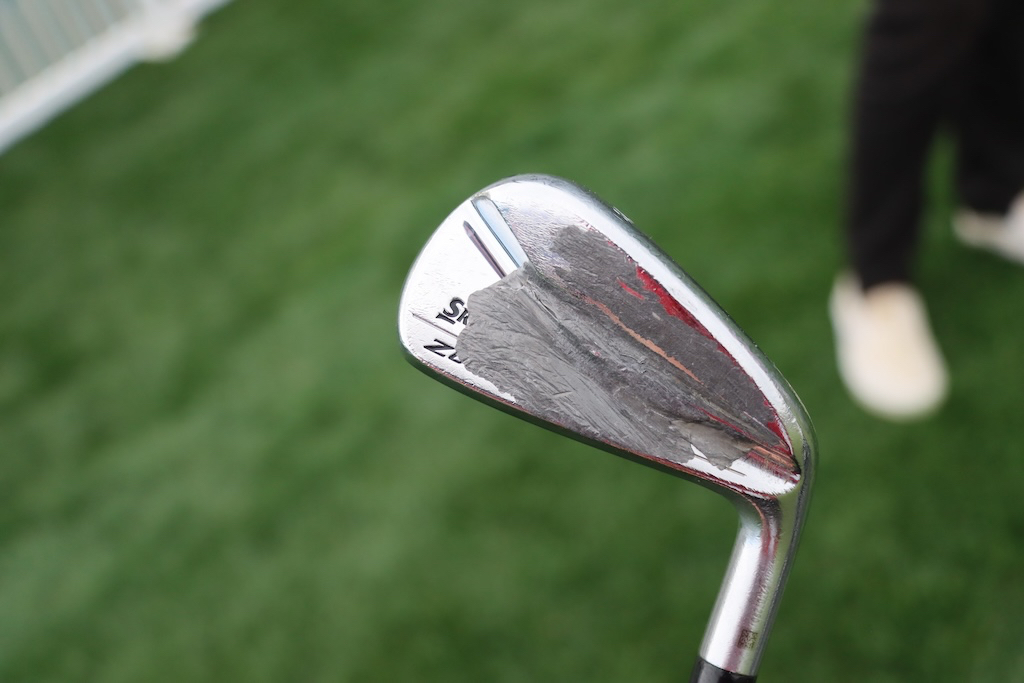
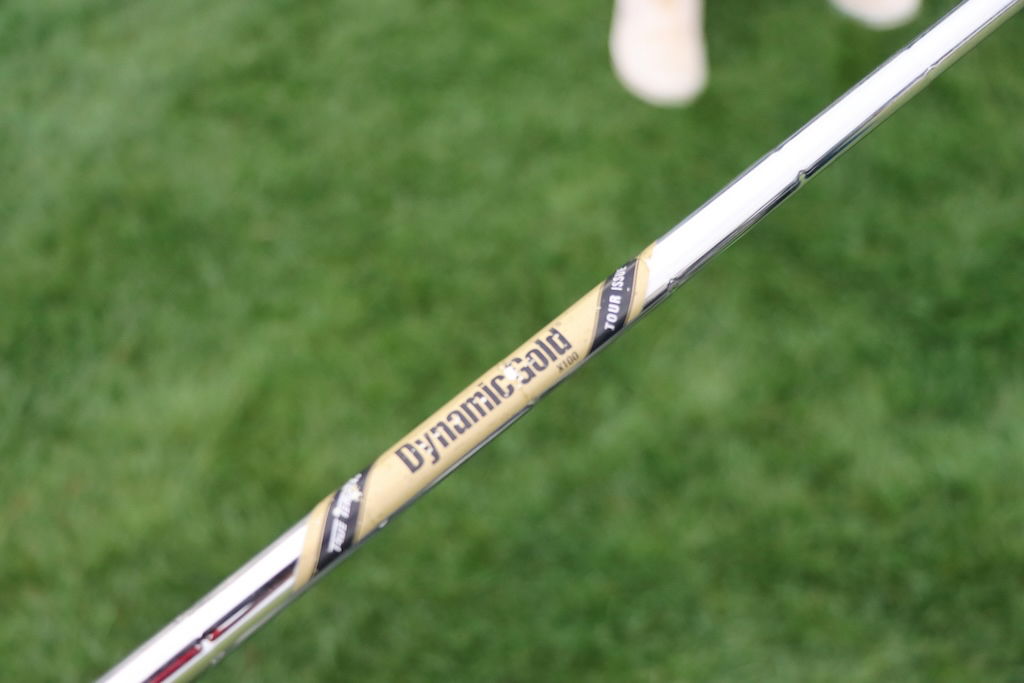
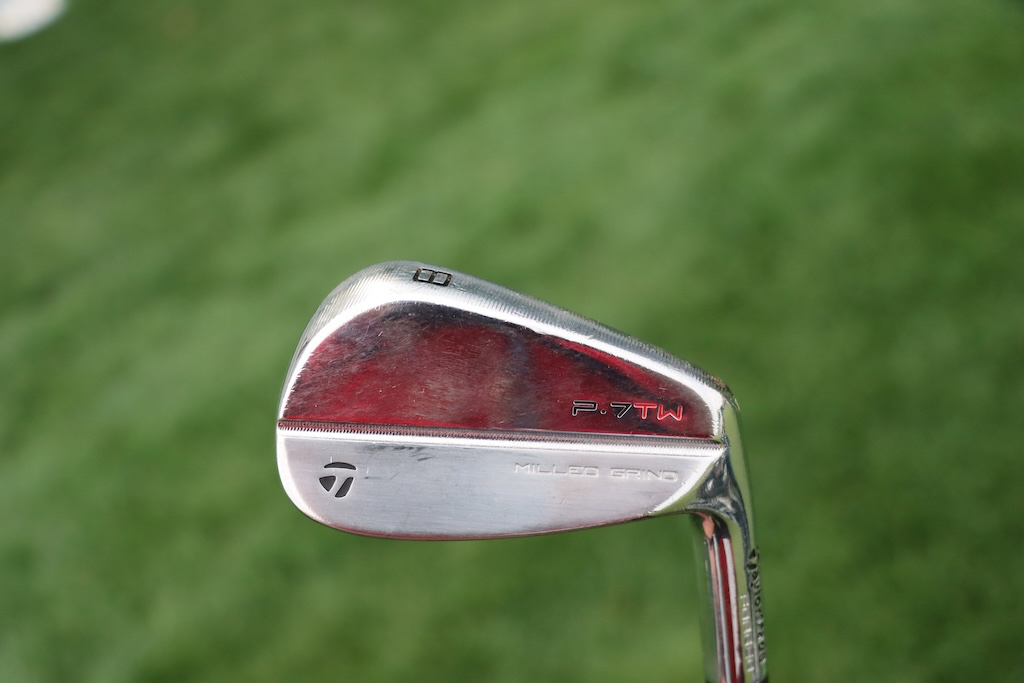
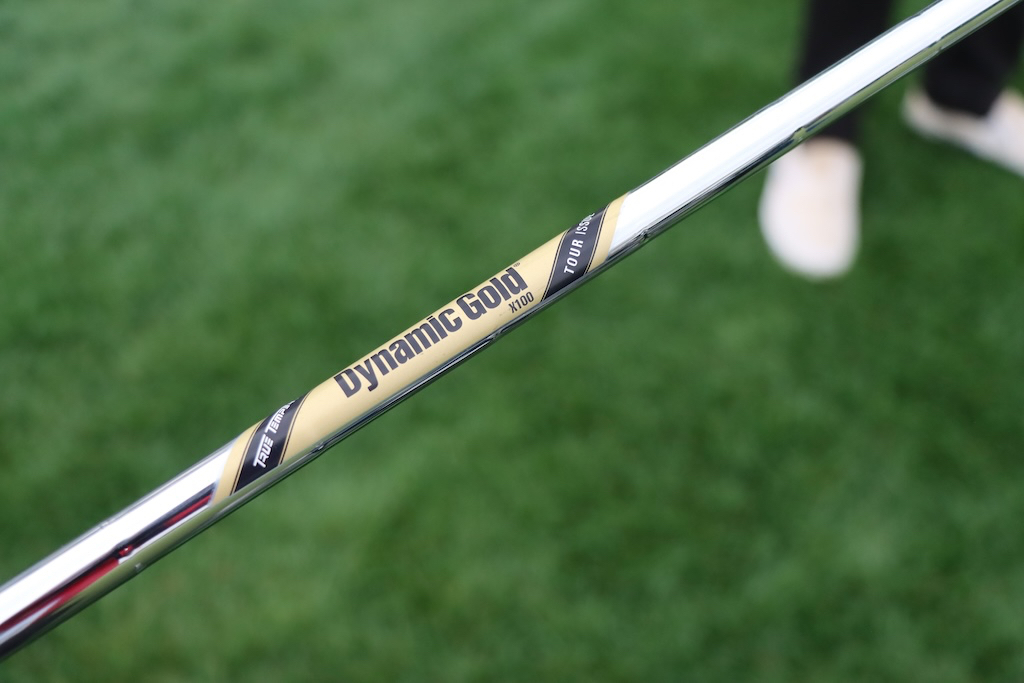
Wedges: Titleist Vokey Design SM8 (50-12F, 56-14F) Buy here, Titleist Vokey Design WedgeWorks Proto (60-T) Buy here.
Shafts: True Temper Dynamic Gold Tour Issue S400
Putter: TaylorMade Spider Tour X Buy here.
Grip: Golf Pride Pro Only Cord
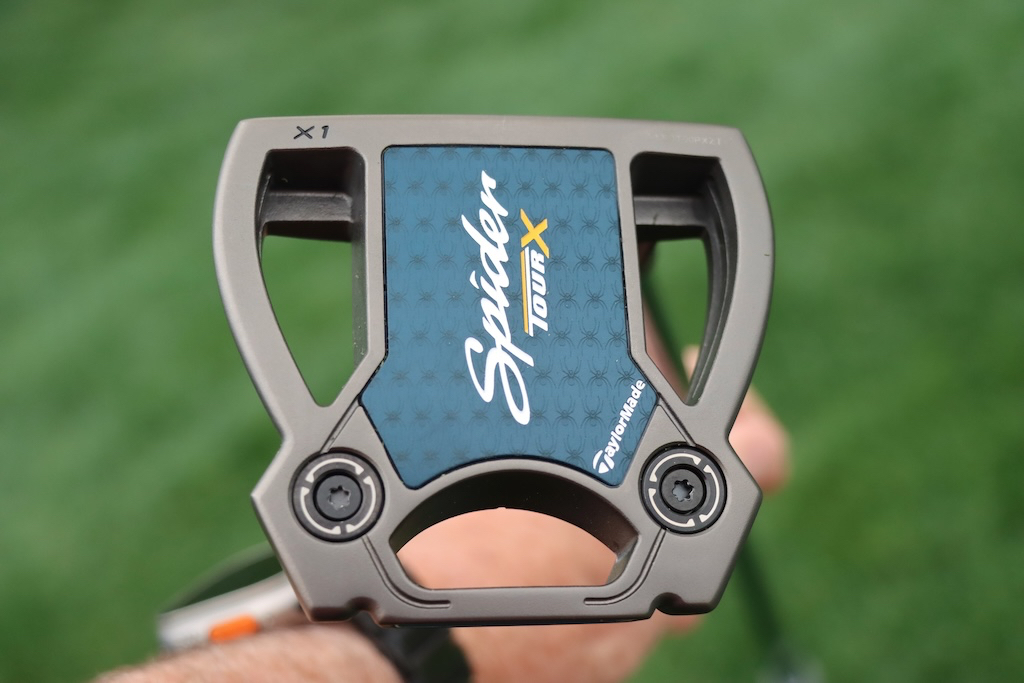
Grips: Golf Pride Tour Velvet
Ball: Titleist Pro V1 Buy here.
Check out more in-hand photos of Scottie Scheffler’s clubs here.
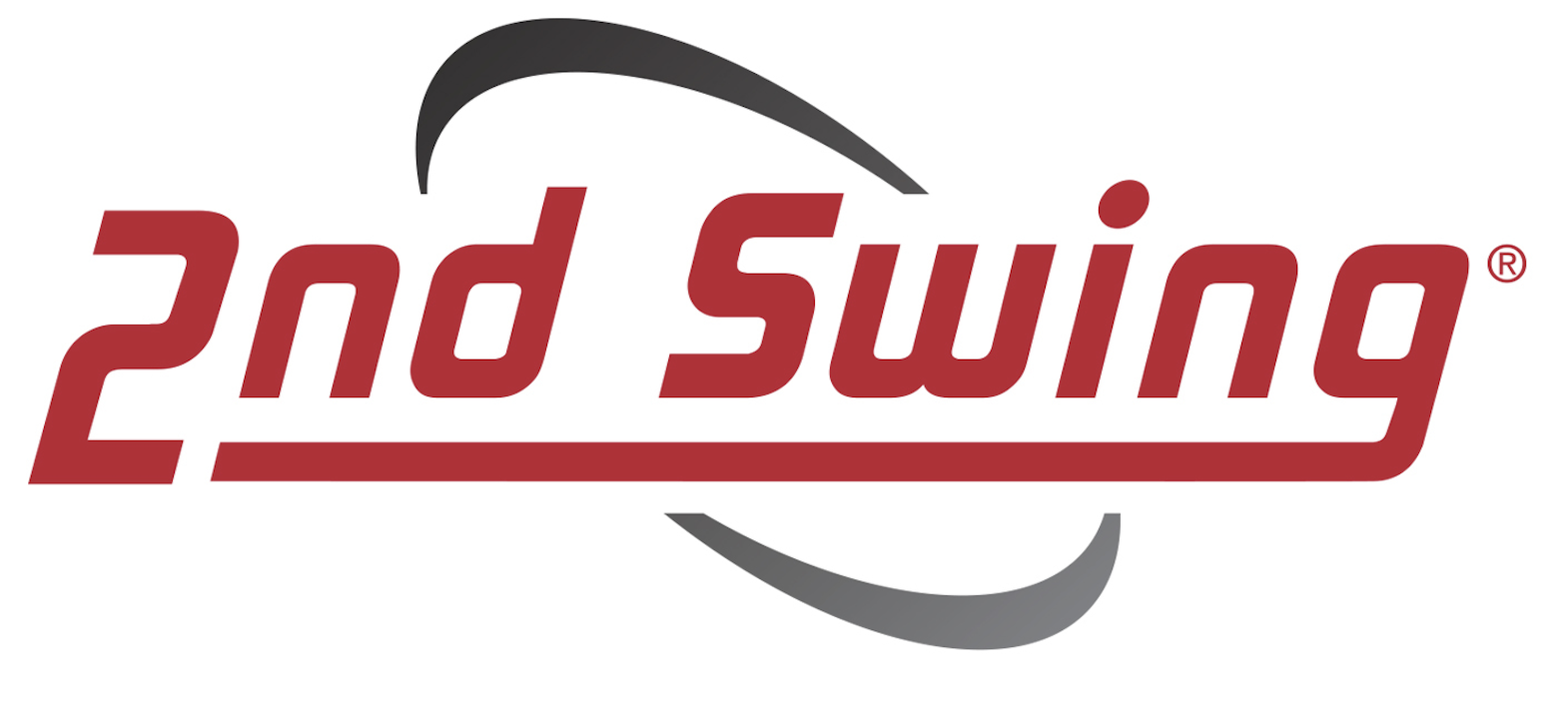
The winning WITB is presented by 2nd Swing Golf. 2nd Swing has more than 100,000 new and pre-swung golf clubs available in six store locations and online. Check them out here.
- LIKE21
- LEGIT2
- WOW0
- LOL1
- IDHT1
- FLOP1
- OB1
- SHANK2
Whats in the Bag
WITB Time Machine: Danny Willett’s winning WITB, 2016 Masters
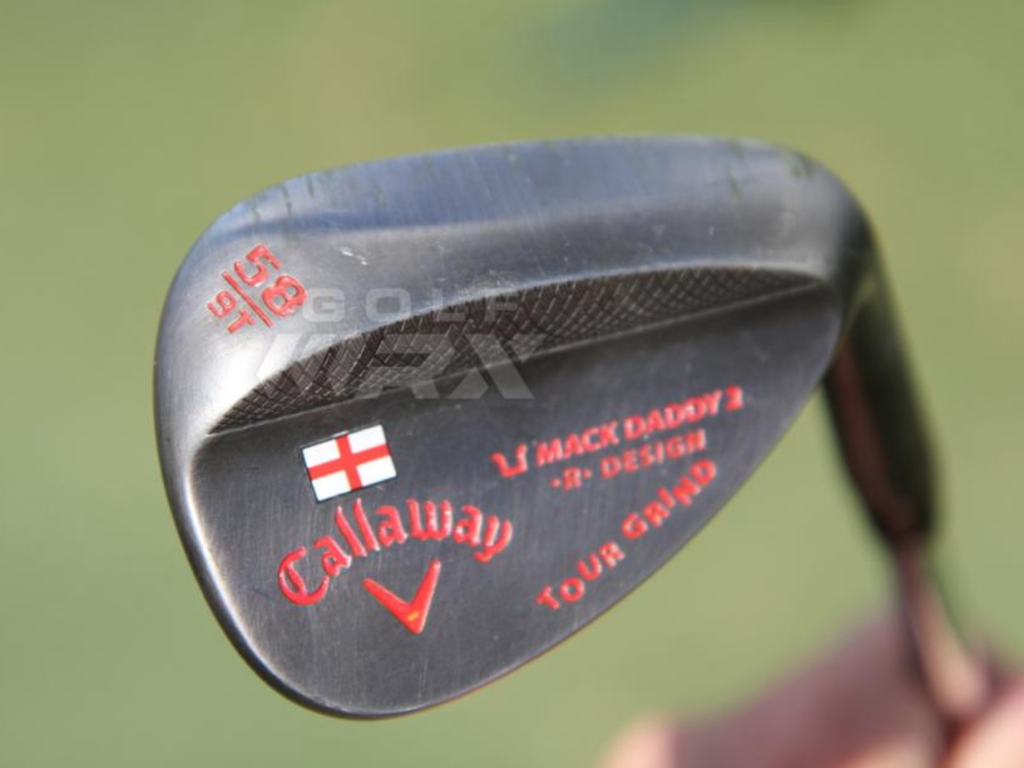
Driver: Callaway XR 16 (9 degrees)
Shaft: Mitsubishi Rayon Diamana W-Series 60 X
Length: 45.5 inches
3-wood: Callaway XR 16 (15 degrees)
Shaft: Mitsubishi Rayon Diamana W-Series 70X
5-wood: Callaway XR 16 (19 degrees)
Shaft: Mitsubishi Rayon Diamana W-Series 80X
Irons: Callaway Apex UT (2, 4), Callaway Apex Pro (5-9)
Shaft: True Temper Dynamic Gold X100 Superlite
Wedges: Callaway Mack Daddy 2 (47-11 S-Grind) Callaway Mack Daddy 2 Tour Grind (54-11, 58-9)
Shaft: True Temper Dynamic Gold X100 Superlite
Putter: Odyssey Versa #1 Wide (WBW)
Lie angle: 71 degrees
Ball: Callaway Speed Regime SR-3
Check out more photos of Willett’s equipment from 2016 here.
- LIKE7
- LEGIT0
- WOW1
- LOL0
- IDHT0
- FLOP0
- OB0
- SHANK0
Equipment
Project X Denali Blue, Black shaft Review – Club Junkie Review
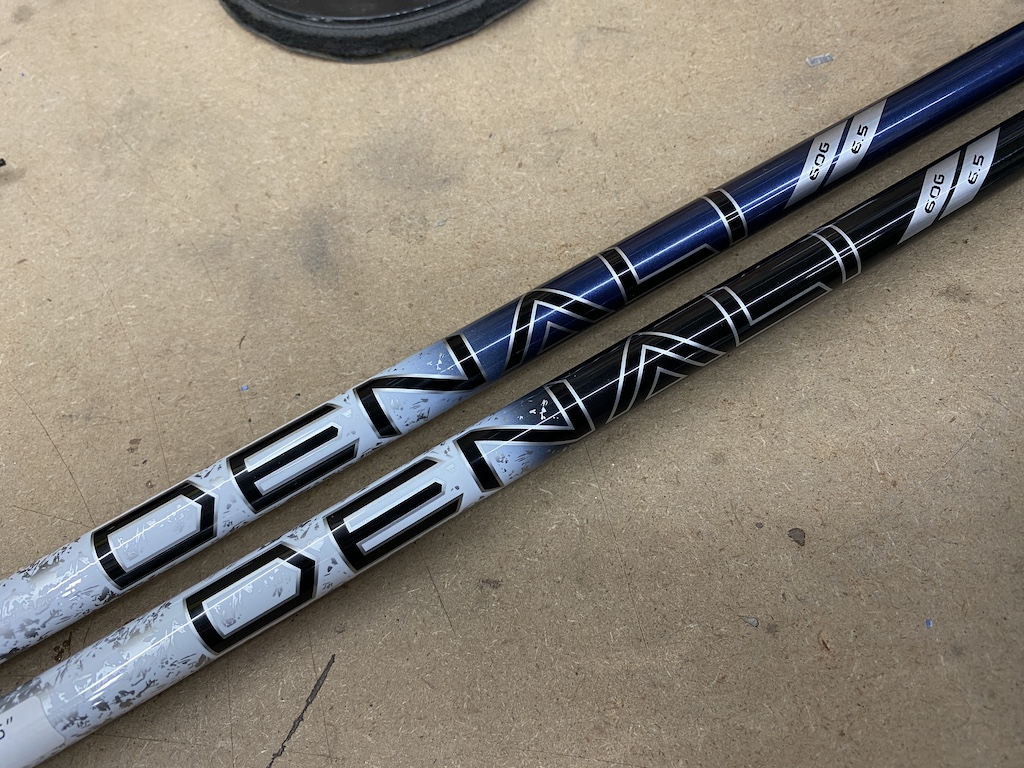
Originally, Project X was known for low-spin steel iron shafts. However, the company might now be known for wood shafts. Denali is the newest line of graphite shafts from Project X. With the Denali line, the company focuses on feel as well as performance.
There are two profiles in the Denali line, Blue and Black, to fit different launch windows. Denali Blue is the mid-launch and mid-spin profile for players who are looking for a little added launch and Denali Black is designed for low-launch and low-spin. Both models are going to offer you a smooth feel and accuracy.
For a full in-depth review check out the Club Junkie podcast on all podcast streaming platforms and on YouTube.
Project X Denali Blue
I typically fit better into mid-launch shafts, as I don’t hit a very high ball so the Denali Blue was the model I was more excited to try. Out of the box, the shaft looks great and from a distance, it is almost hard to tell the dark blue from the Denali Black. With a logo down install of the shaft, you don’t have anything to distract your eyes, just a clean look with the transition from the white and silver handle section to the dark navy mid and tip.
Out on the course, the Blue offers a very smooth feel that gives you a good kick at impact. The shaft loads easily and you can feel the slightly softer handle section compared to the HZRDUS lineup. This gives the shaft a really good feel of it loading on the transition to the downswing, and as your hands get to impact, the Denali Blue keeps going for a nice, strong kick.
Denali Blue is easy to square up at impact and even turn over to hit it straight or just little draws and most of the flex of the shaft feels like it happens right around where the paint changes from silver to blue. The Blue launches easily and produces what I consider a true mid-flight with the driver. While it is listed as mid-spin, I never noticed any type of rise in my drives. Drives that I didn’t hit perfectly were met with good stability and a ball that stayed online well.
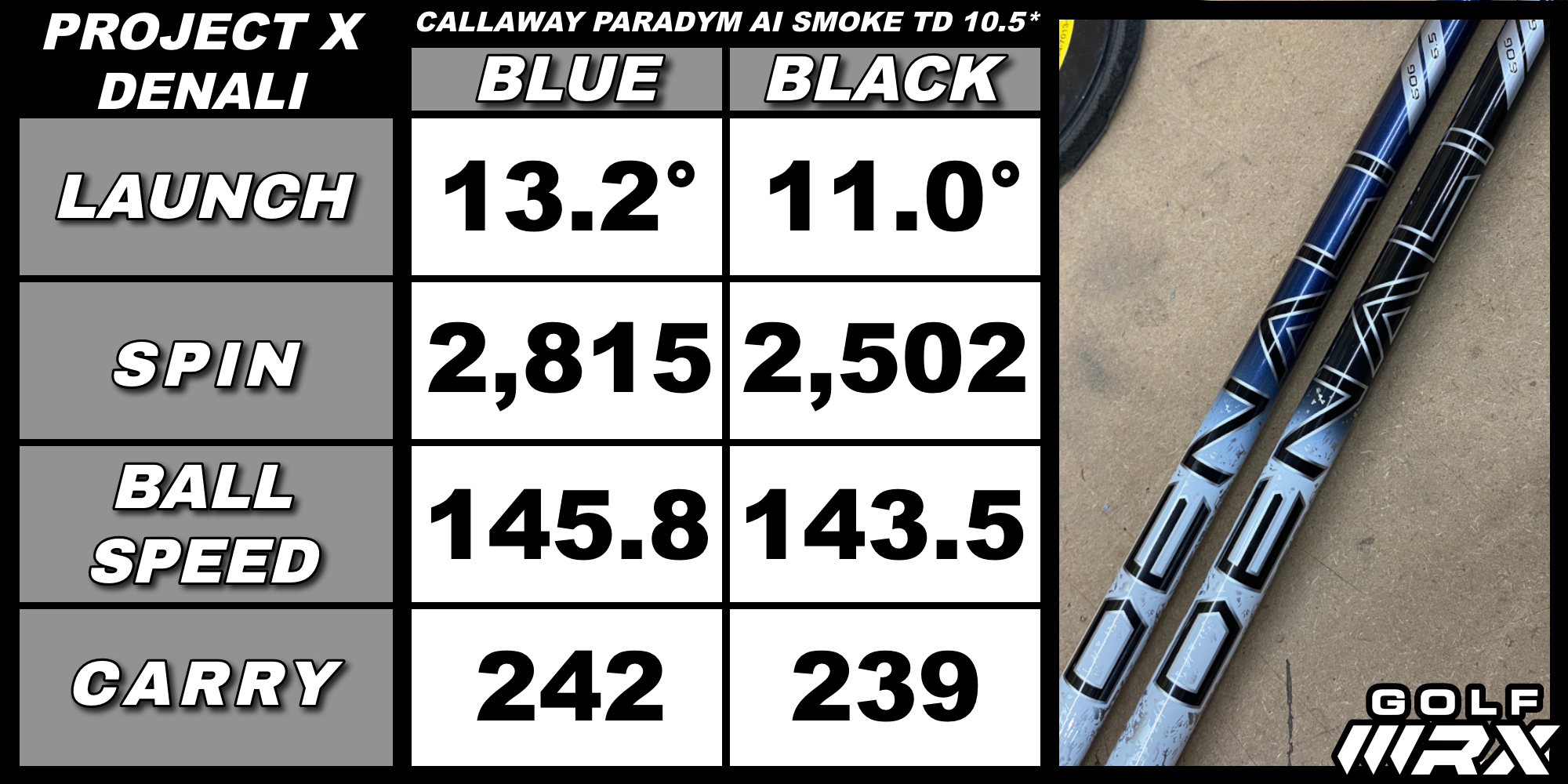
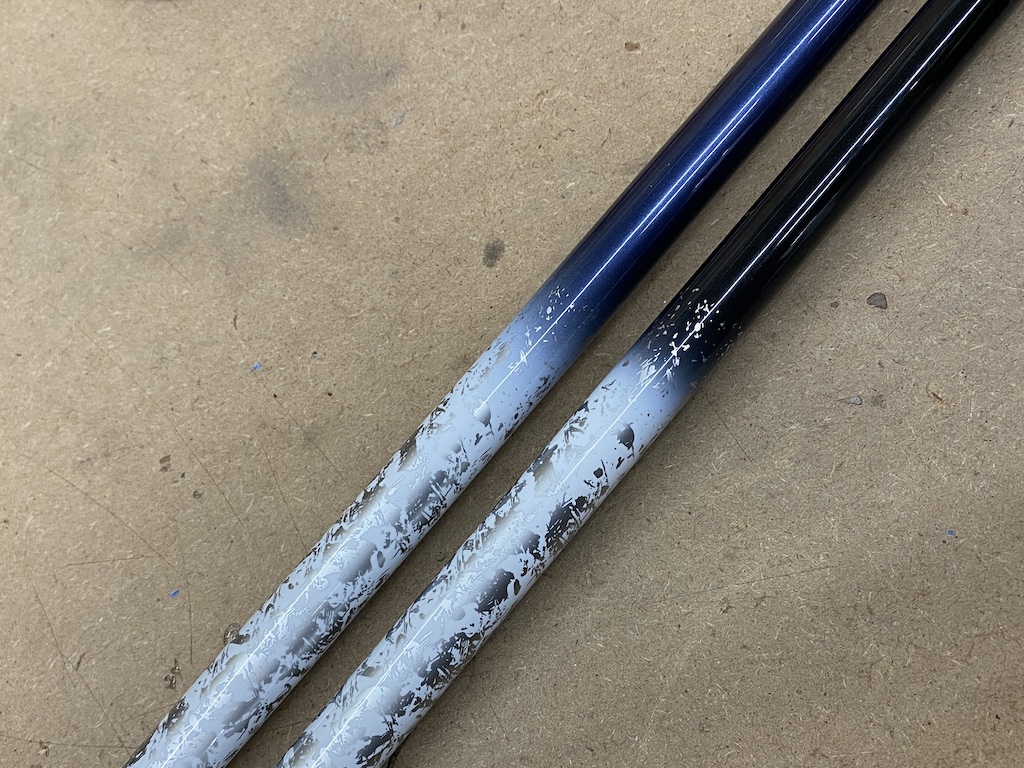
Project X Denali Black
When you hold the Denali Black in your hands you can tell it is a more stout shaft compared to its Blue sibling by just trying to bend it. While the handle feels close to the Blue in terms of stiffness, you can tell the tip is much stiffer when you swing it.
Denali Black definitely takes a little more power to load it but the shaft is still smooth and doesn’t give you any harsh vibrations. Where the Blue kicks hard at impact, the Black holds on a little and feels like keeps you in control even on swings that you try and put a little extra effort into. The stiff tip section also makes it a little harder to square up at impact and for some players could take away a little of the draw from their shot.
Launch is lower and more penetrating compared to the Blue and produces a boring, flat trajectory. Shots into the wind don’t rise or spin up, proving that the spin stays down. Like its mid-launch sibling, the Black is very stable and mishits and keeps the ball on a straighter line. Shots low off the face don’t get very high up in the air, but the low spin properties get the ball out there farther than you would expect. For being such a stout shaft, the feel is very good, and the Denali Black does keep harsh vibrations from your hands.
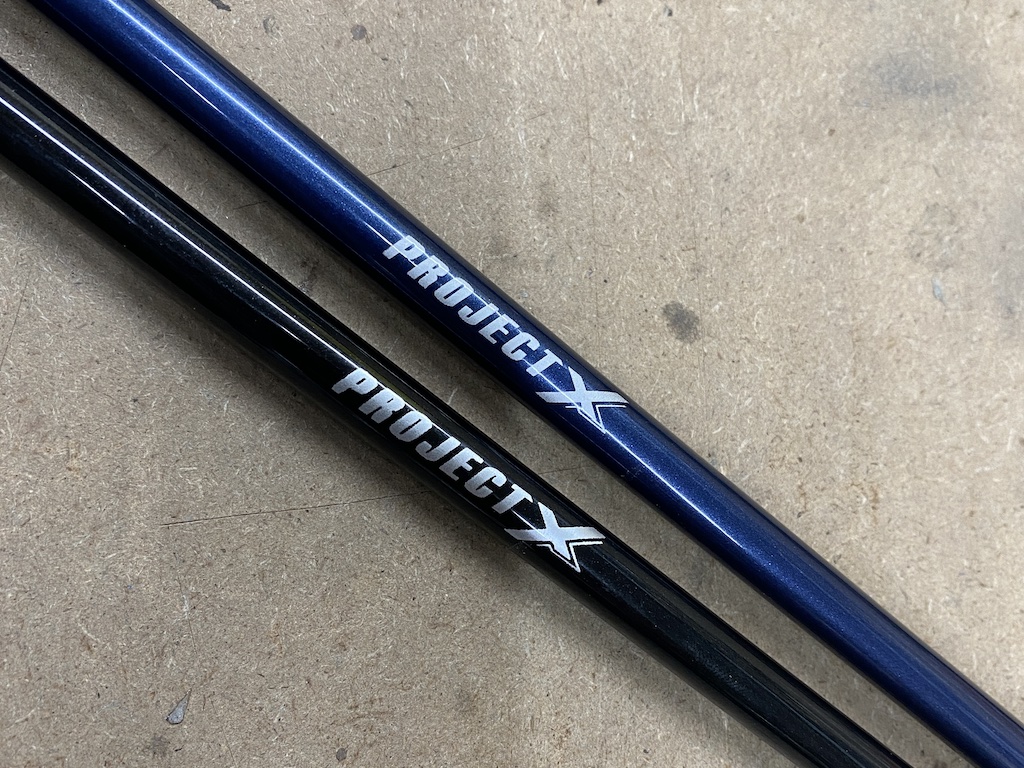
Overall the Project X Denali Blue and Black are great additions to the line of popular wood shafts. If you are looking for good feel and solid performance the Denali line is worth trying out with your swing. Choose Blue for mid-launch and mid-spin or Black for lower launch and low spin.
- LIKE4
- LEGIT4
- WOW2
- LOL0
- IDHT0
- FLOP0
- OB0
- SHANK0
-

 19th Hole5 days ago
19th Hole5 days agoDave Portnoy places monstrous outright bet for the 2024 Masters
-

 19th Hole3 weeks ago
19th Hole3 weeks agoJohn Daly stuns fans into silence with brutal opening tee shot on PGA Tour Champions
-

 19th Hole2 weeks ago
19th Hole2 weeks agoThings got heated at the Houston Open between Tony Finau and Alejandro Tosti. Here’s why
-

 19th Hole6 days ago
19th Hole6 days agoTiger Woods arrives at 2024 Masters equipped with a putter that may surprise you
-

 19th Hole2 weeks ago
19th Hole2 weeks agoReport: Tiger Woods has ‘eliminated sex’ in preparation for the 2024 Masters
-

 19th Hole3 weeks ago
19th Hole3 weeks agoCharlie Woods finds it tough going on American Junior Golf Association debut
-

 19th Hole2 weeks ago
19th Hole2 weeks agoAddiction, spinal fusion, and scam artists – Everything Anthony Kim revealed in candid interview with David Feherty
-

 19th Hole1 week ago
19th Hole1 week agoAnthony Kim says doctors told him that he ‘may not have much time left’ ahead of LIV return

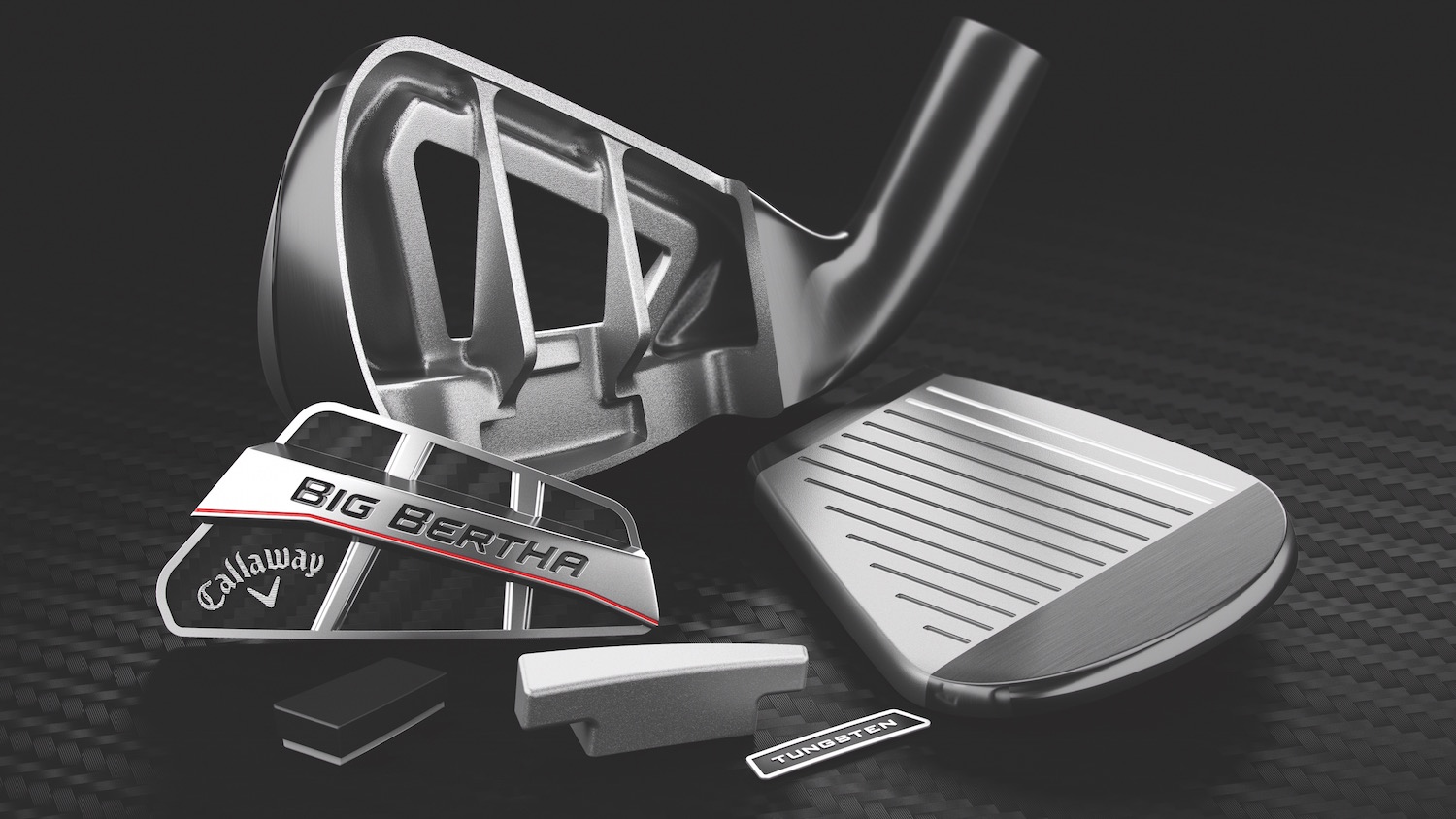
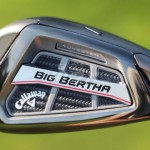
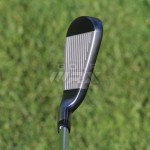
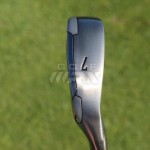
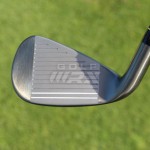
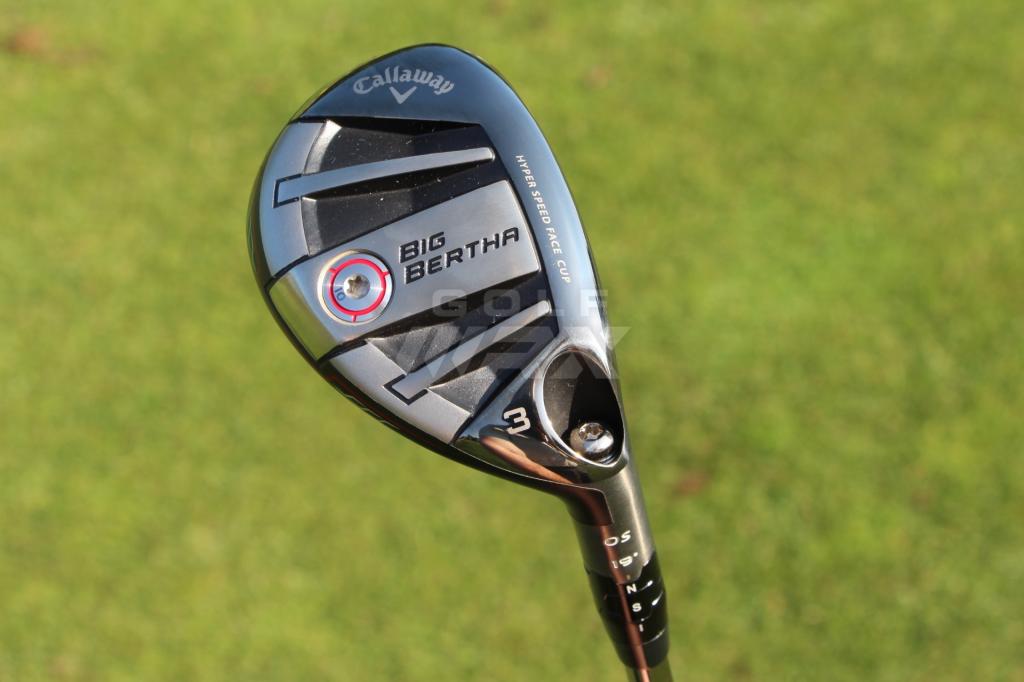
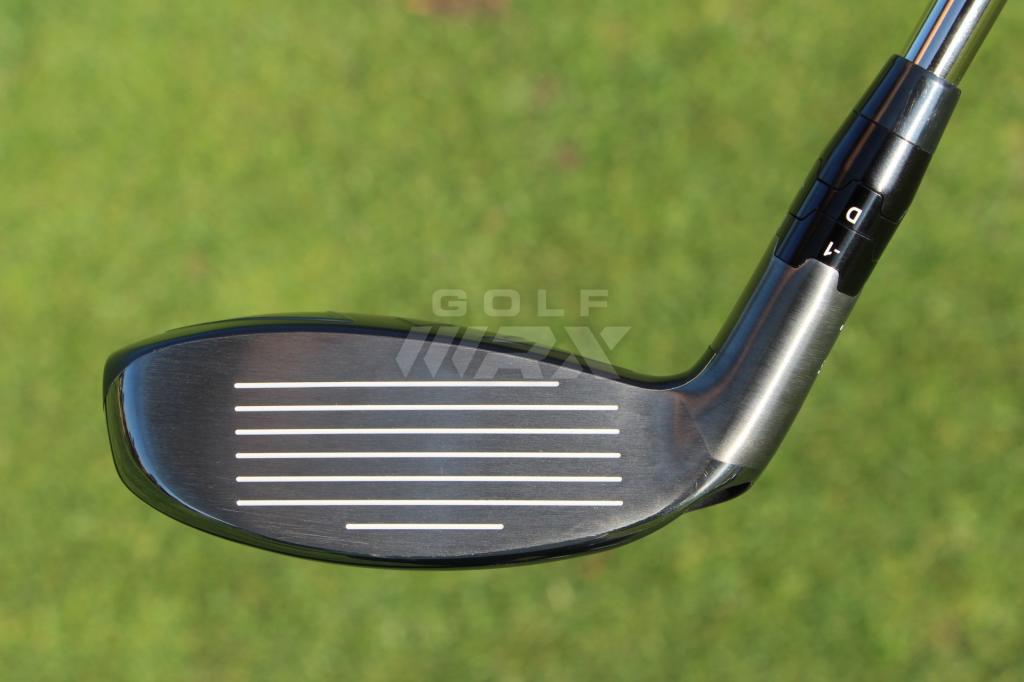
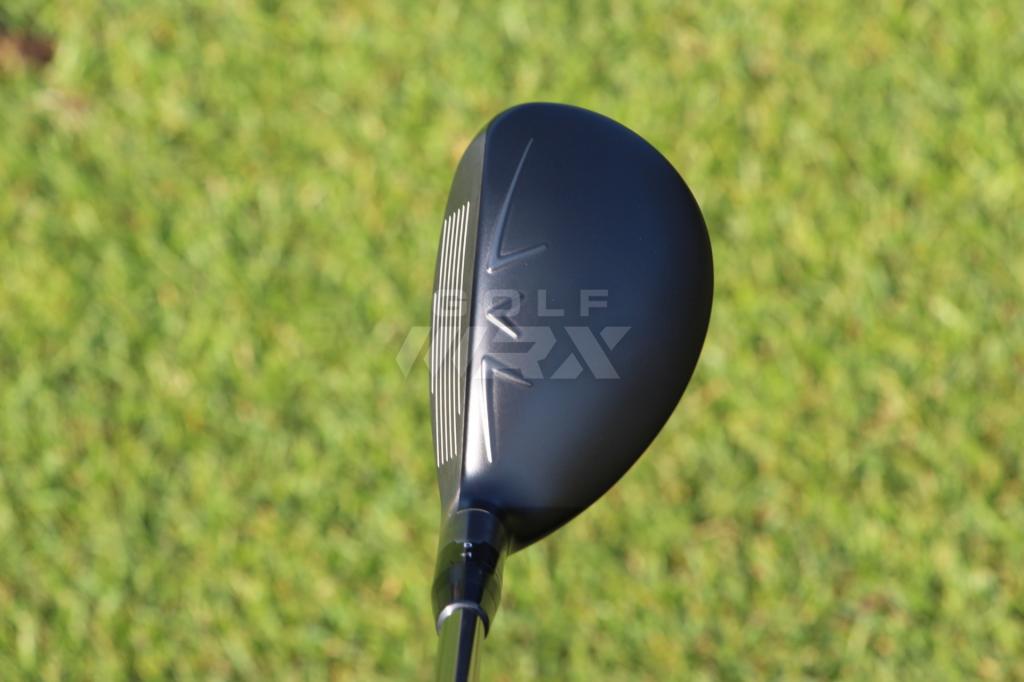


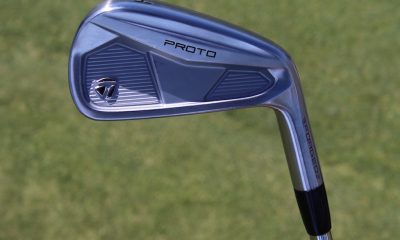

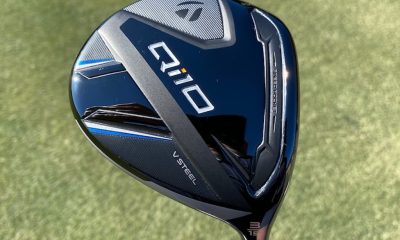

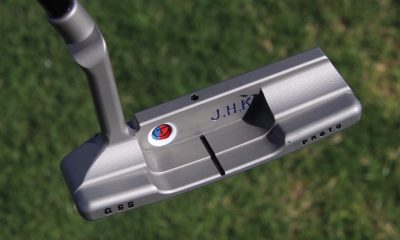



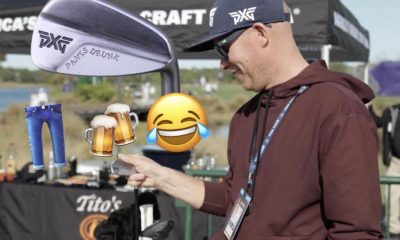

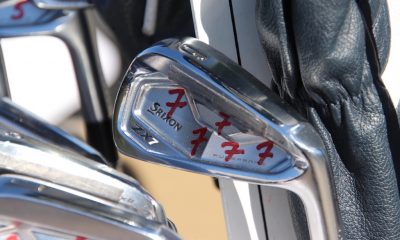

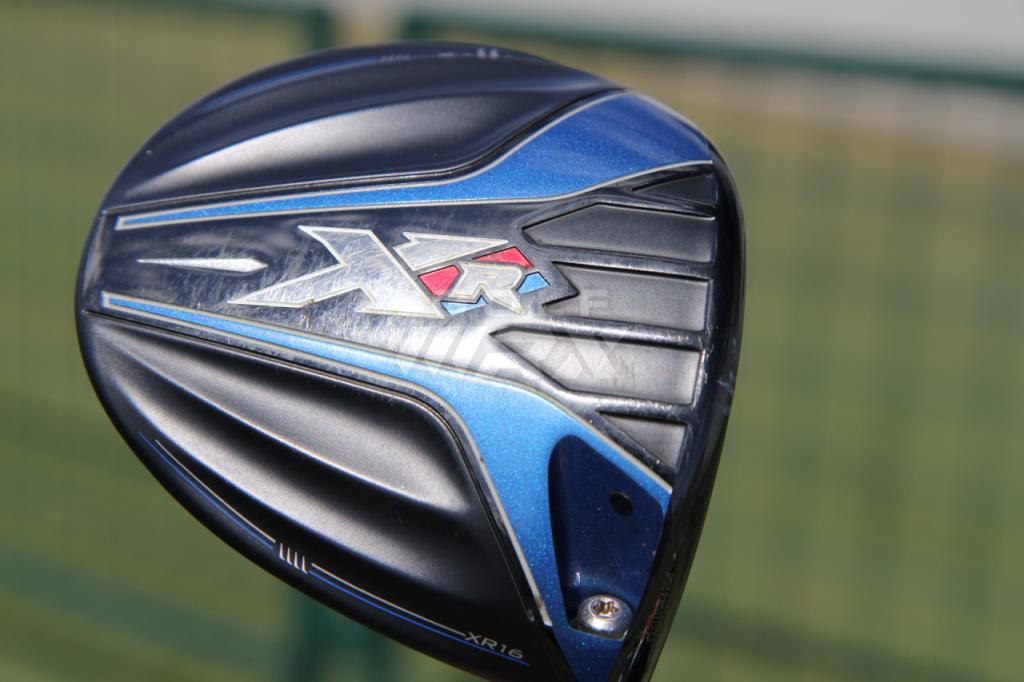
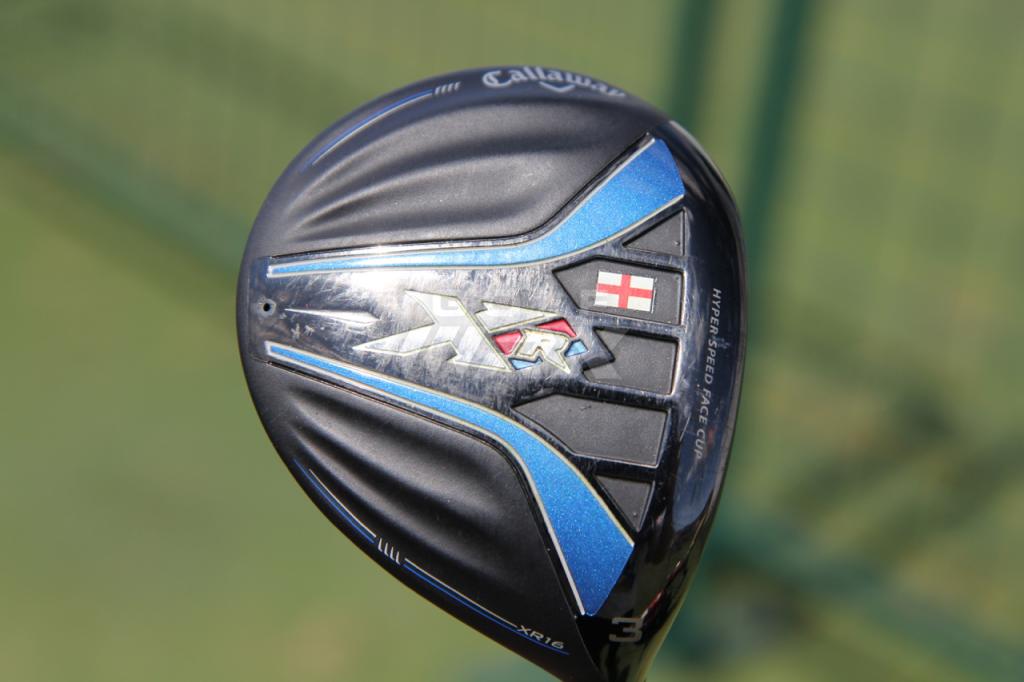

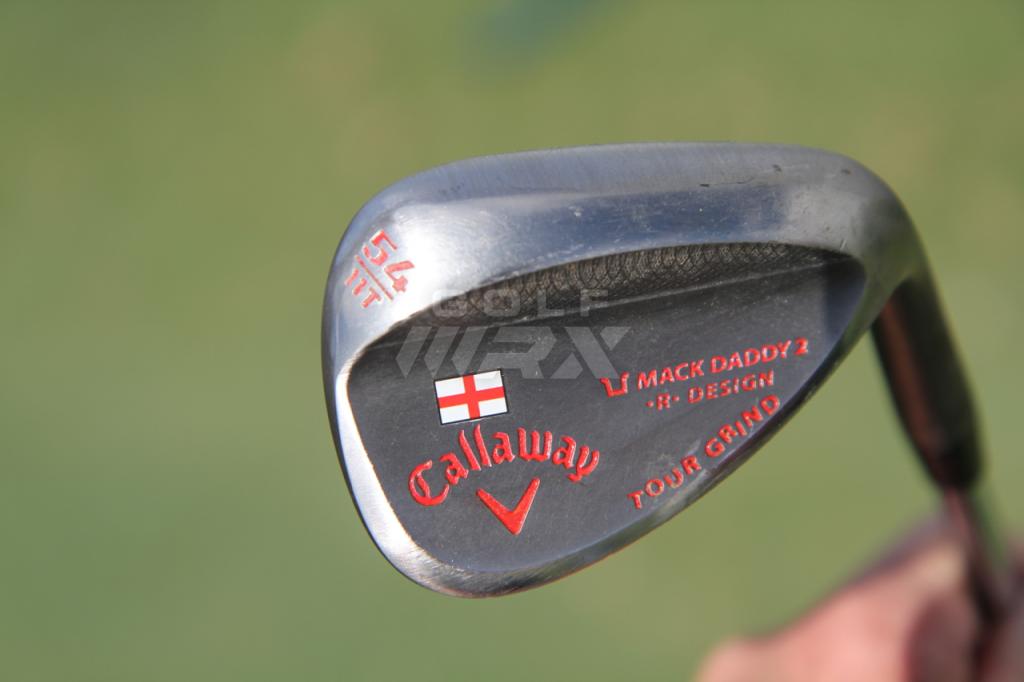
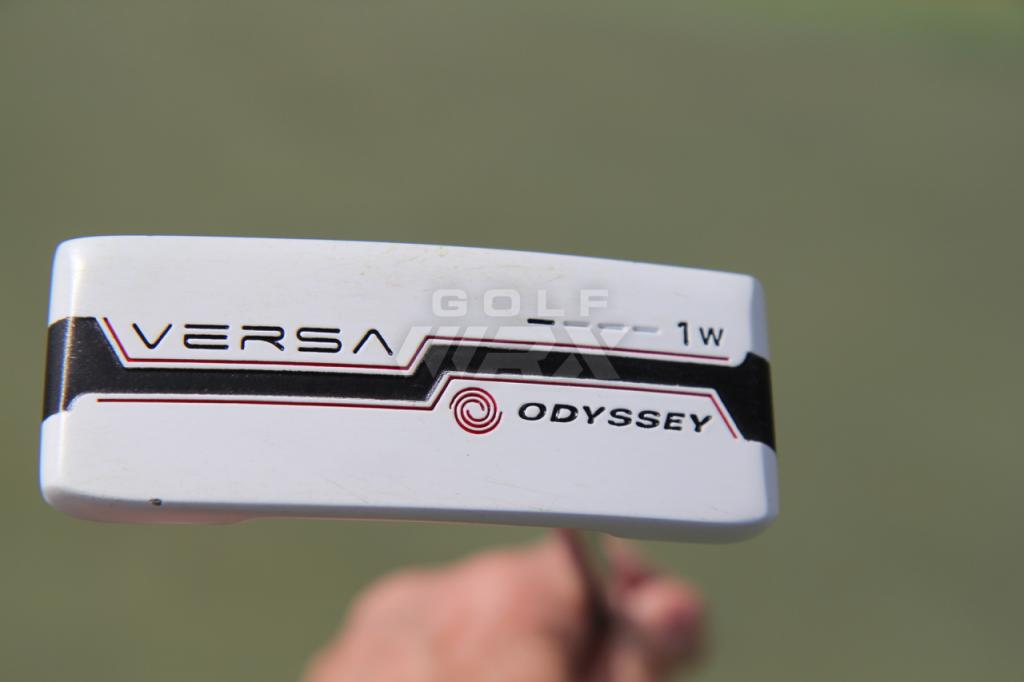














KK
Sep 8, 2016 at 7:13 pm
MOI looks insane. Gotta respect the function before form approach.
Art Williams
Sep 8, 2016 at 3:18 pm
I still play BB X12 irons with X14 Pro series wedges. All the new stuff by Callaway is like looking back to the future. The new Steelhead is nice, but this BB looks a bit clunky, even by X12 standards.
PR
Sep 8, 2016 at 6:42 pm
But the technology is miles ahead of what they had in the X12 or X14 or any time before the 360 face cup.
About the only one I would bring up is the original Fusion irons with the Ti face insert. That thing was butter.
Sado Mas Izzle
Sep 8, 2016 at 10:56 am
Stunning! So much fun!
Mark
Sep 7, 2016 at 4:09 pm
I have shovels in my garage that look more attractive.
Jon
Sep 7, 2016 at 10:32 am
Such seemingly great technology wrapped in insanely ugly irons! Why couldn’t Callaway tone down the nasty lettering/patterns on the back of the irons..
msmizzllee
Sep 7, 2016 at 9:02 am
enough already. $1300 a set for the average player (at best)?
George
Sep 7, 2016 at 8:18 am
Pretty ugly
Tom
Sep 7, 2016 at 11:17 am
Beauty is in the eye of the beholder.
BD57
Sep 7, 2016 at 9:33 pm
When you paint, do you look at the paint brush or what you’re painting?
if they paint a pretty scorecard, they’ll become beautiful quick enough.
peter collins
Sep 8, 2016 at 9:42 am
LOVE your comments